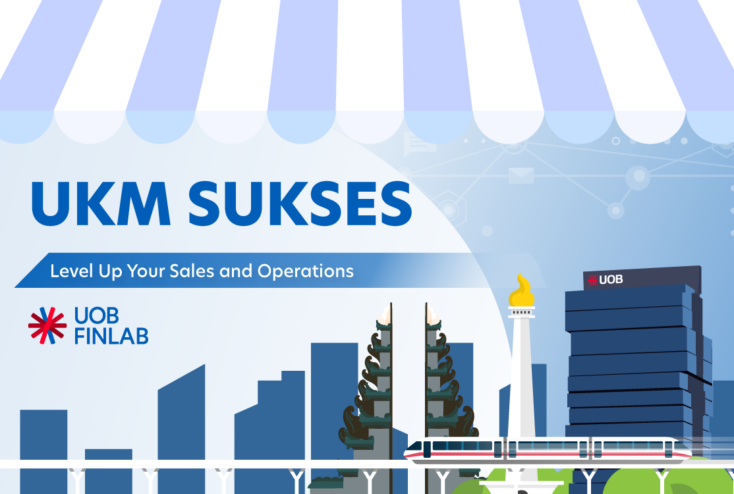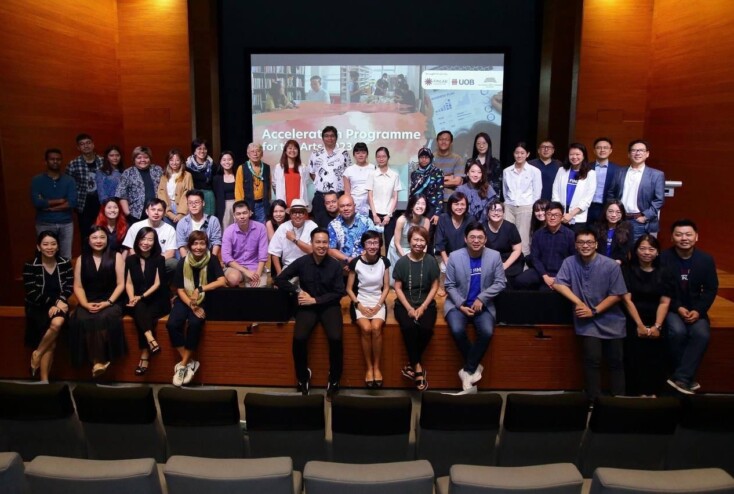
Unlocking the potential of womenpreneurs in ASEAN
Discover how UOB FinLab is empowering women entrepreneurs and business leaders across ASEAN with tailored programmes that drive business growth and digital innovation. Learn more about these transformative initiatives and their impact on the economy.





